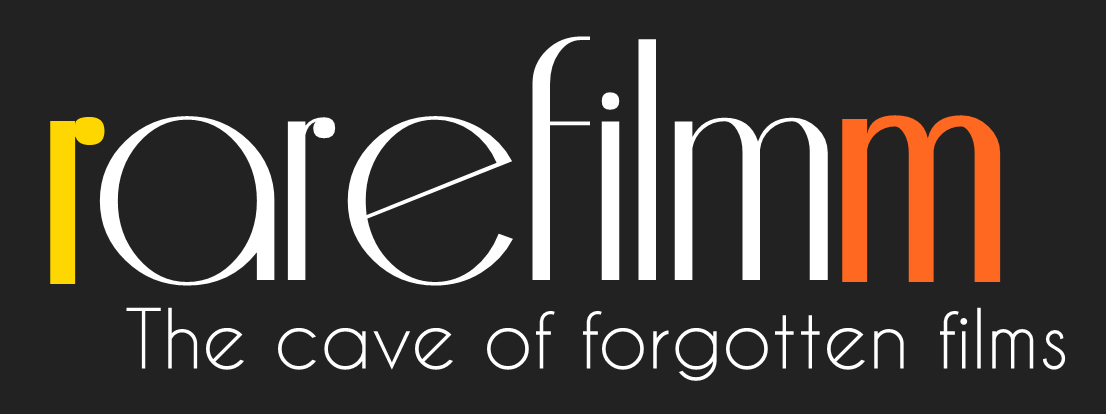Surrealist film based on a nightmare. Arsène, a lonely and restless young man suffering from persecution mania, tries to protect himself from thieves – and from himself – by setting traps in his home. Helplessly he assists in the robbery and looting of his house by a couple of kleptomaniac girls, whom he has deliberately taken to his house. Fascinated by them, during the night he becomes his own executioner and the plaything of destructive childhood fantasies. Thus the prediction of the traps seller who had diagnosed his “fear of being robbed” is fulfilled.
Category: Experimental
A man’s strange obsession with dirt starts as a childhood game, but eventually manifests itself on a most surreal level. The dark humor, expressionistic images create an allegory for individuality and self-sufficiency, in this off-beat ecological parable.
Humorous and sublime, the ultimate Xerox fetish film. All of the film’s images were created solely by using the photographic capabilities of a photocopying machine to generate sequential pictures of hands, faces, and other body parts.
The images in this film come from an extensive collection of out-dated raw stock that has been processed without being exposed, and sometimes rephotographed in closer format. Each pattern of grain takes on its own emotional life, an evocation of different aspects of our own being.
A child is confronted with the (ever young) old age of the world, its hazards, its cinema and music, shot in seven days in Rome, Fiumicino, Ciampino and Cinecittà. What will happen on July 12, 1995, in Rome? What will become of July 12, 1995, in Rome?
——UPGRADED——
The torso of a man. His arms reach into the off-screen space and pick up photographs, which he then places for us to see in the middle of a glass panel positioned between him and the spectator. The speed of the procedure increases, until 24 photographs per second become visible, thus turning into a cinematic trajectory driving down the Pasadena freeway.
♦♦ Amos Vogel’s “Film as a Subversive Art“♦♦
Loosely based on William A. Seiter’s 1948 film One Touch of Venus, Steven Arnold’s first film is a macabre, decadent work presenting mannequins and models that travel through strange universes.
Assemblage is an experimental film that shows Merce Cunningham’s dance company performing in a public square in the San Francisco bay. Through special effects, the bodies of the dancers appear superimposed against the architecture of the plaza. Colorized by artist Charles Atlas and with a soundtrack created by John Cage, David Tudor, and Gordon Mumma, Assemblage is a psychedelic collage of movement, time, and space.
